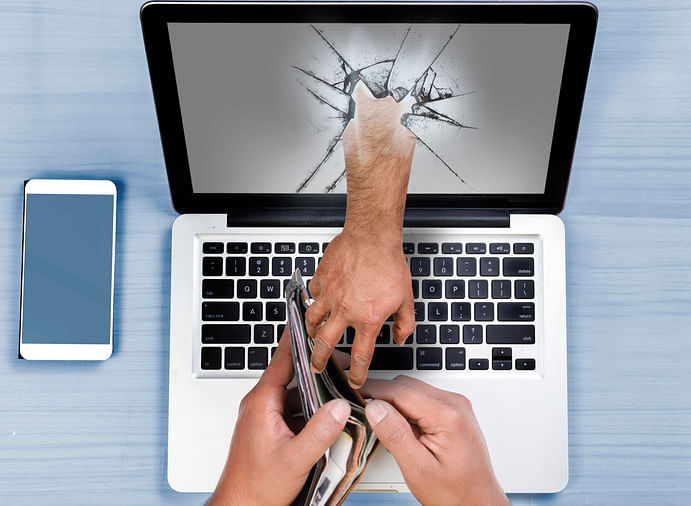
We live in a digital world where information is created and transmitted at hyper speed, thus, making it crucial to safeguard ourselves against the risk that digitisation brings with it i.e. cyber threats. There has been an increase in the usage of internet on personal computers and digital devices in the recent past and that has seen an uptick in the lockdown.
Post the lockdown, as more and more individuals are using digital means to process payments, this has led to increased cyber threat exposure, especially to new users, the elderly or less tech-savvy.
An increasing number of individuals are also getting on social media platforms to stay in touch and are using online platforms to educate and entertain themselves. Owing to this, we are also seeing increasing incidents of cyber-attacks like malware attacks including spyware and ransomware, phishing emails, cyberstalking and so on. I have further elaborated on how cyber insurance covers individuals against cyber threats and things one needs to consider while buying such a policy.
Coverage
Phishing, spear-phishing and spoofing are popular ways for cybercriminals, wherein a scammer uses an authentic-looking page or email from trusted companies, to trick users into giving their personal information, like their log-in credentials, credit card, bank account details, etc. So, if a customer who falls victim to a phishing scam has a cyber-insurance cover, it will not only pay for the loss of fund but also incur the cost of filing a criminal complaint and pursuing legal action against the culprit once found. Additionally, in cases of cyber extortion, the insurance company will pay all the costs of hiring a specialised consultant to mitigate and minimise the loss.
We have also seen increasing cases of ‘identity theft’ and hacking of individuals’ social media accounts to post malicious information defaming the individual or a third party which can cause immense reputational damage and attract legal liability.
This data can be misused to transfer the funds from your account or your personal photographs, emails, texts etc. A cyber insurance cover in such cases, helps you pay the cost of filing a criminal complaint or pursuing legal action against the culprit or defending yourself against a legal suit.
In cases of malware attack, which damages access to the computer, cyber insurance will pay the cost of restoration of the computer system, software and data. In addition to the above-mentioned examples, a comprehensive cyber insurance plan will also provide coverage for expenses incurred on counselling services treatment, claim for damages against third party for privacy and data breach and so on.
The prospective buyer should look out for unique covers and features in policies that are offered by some insurers like coverage for loss of wage
Things to keep in mind
While opting for a cyber-insurance cover, individuals need to match the policy coverage with their needs and select the sum insured according to their exposure. Their presence or exposure on social media, their public image i.e. if they are a public figure or not and their financial status will play a major role in deciding the limit for the cover they should buy. It is critical to check the coverage and exclusion section of the policy to ensure that their needs are being met by the policy. Some of the common exclusions under such policies are dishonest and improper conduct, bodily injury/property damage, unsolicited communication, unauthorized collection of data, immoral/obscene services.
Considering the nature of risk that digitization poses to individuals, an appropriate cyber insurance cover is the need of the hour.
These policies are quite inexpensive and provide coverage against cyber threats so that you can browse, surf and transact on the internet without any undue stress.
(The writer is Chief Technical Officer, Bajaj Allianz General Insurance)